The Vital Role of Horseshoeing
The question, “Why do horses need shoes?” often sparks debates among horse enthusiasts, owners, and professionals alike. While some might argue that horses can thrive without shoes, the truth is that shoeing has essential benefits tailored to their environment, discipline, and overall health. Just like human footwear protects our feet during various activities, horse shoes serve a similar purpose, ensuring that horses can perform at their best.
Understanding Equine Hoof Anatomy
The Structure of a Horse’s Hoof
To appreciate the necessity of horseshoes, one must first understand the hoof’s structure. The horse’s hoof consists of several key parts, including:
- Wall: The outer layer that protects the internal structures.
- Sole: The bottom part that supports weight and protects sensitive tissues.
- Frog: A wedge-shaped structure that acts as a shock absorber.
- Laminae: The sensitive tissue that helps connect the hoof wall to the underlying bone.
Each of these components plays a crucial role in a horse’s overall health and performance, making it essential to protect them properly.
Why Horses Need Shoes
Protection from Wear and Tear
One of the primary reasons horses need shoes is protection. In natural environments, wild horses roam on soft surfaces, which helps maintain their hooves. However, domestic horses often walk on harder, abrasive surfaces that can lead to excessive wear, cracks, and other hoof issues. Shoes provide an additional layer of protection, allowing horses to engage in various activities without risking injury.
Enhanced Traction
Horses involved in specific activities, such as jumping, dressage, and trail riding, require different types of traction to prevent slipping. Specialized shoes, such as those fitted with studs or clips, offer enhanced grip on various terrains. This is particularly important when horses are competing, as slipping can lead to serious accidents.
Improved Performance
Just as athletes wear specialized footwear to enhance their performance, horses benefit from shoes that accommodate their specific needs. Front shoes can help distribute weight evenly, while back shoes can aid in propulsion during movement. Choosing the right type of shoe can lead to improved performance and overall wellbeing.
Types of Horseshoes
Horseshoes come in various shapes, sizes, and materials, each designed to meet specific needs. Here’s a breakdown of the most common types:
| Type of Horseshoe | Description | Best For |
|---|---|---|
| Standard Steel Shoes | Traditional shoes that provide durability and protection. | General riding and performance. |
| Aluminum Shoes | Lightweight shoes that enhance speed and performance. | Racehorses and competitive sports. |
| Composite Shoes | Made from plastic or rubber, providing shock absorption. | Horses with sensitive hooves. |
| Therapeutic Shoes | Specially designed to treat specific hoof conditions. | Horses recovering from injuries. |
Choosing the correct type of shoe is essential and often requires consultation with a farrier to align with the horse’s needs and activities.
Real-World Footwear Experiences
Case Study: The Performance Thoroughbred
Consider the case of a thoroughbred racehorse named “Lightning Bolt.” As part of his training regimen, he was shod with lightweight aluminum shoes to enhance speed while maintaining necessary hoof protection. Over the course of his career, Lightning Bolt achieved remarkable results on various tracks, demonstrating the positive impact of appropriate footwear on performance.
His owner reported that after switching to specialized shoes designed for racing, Lightning Bolt’s stride improved, and he experienced fewer hoof-related injuries. This illustrates the significant role that proper hoof care and shoe selection play in a horse’s athletic success.
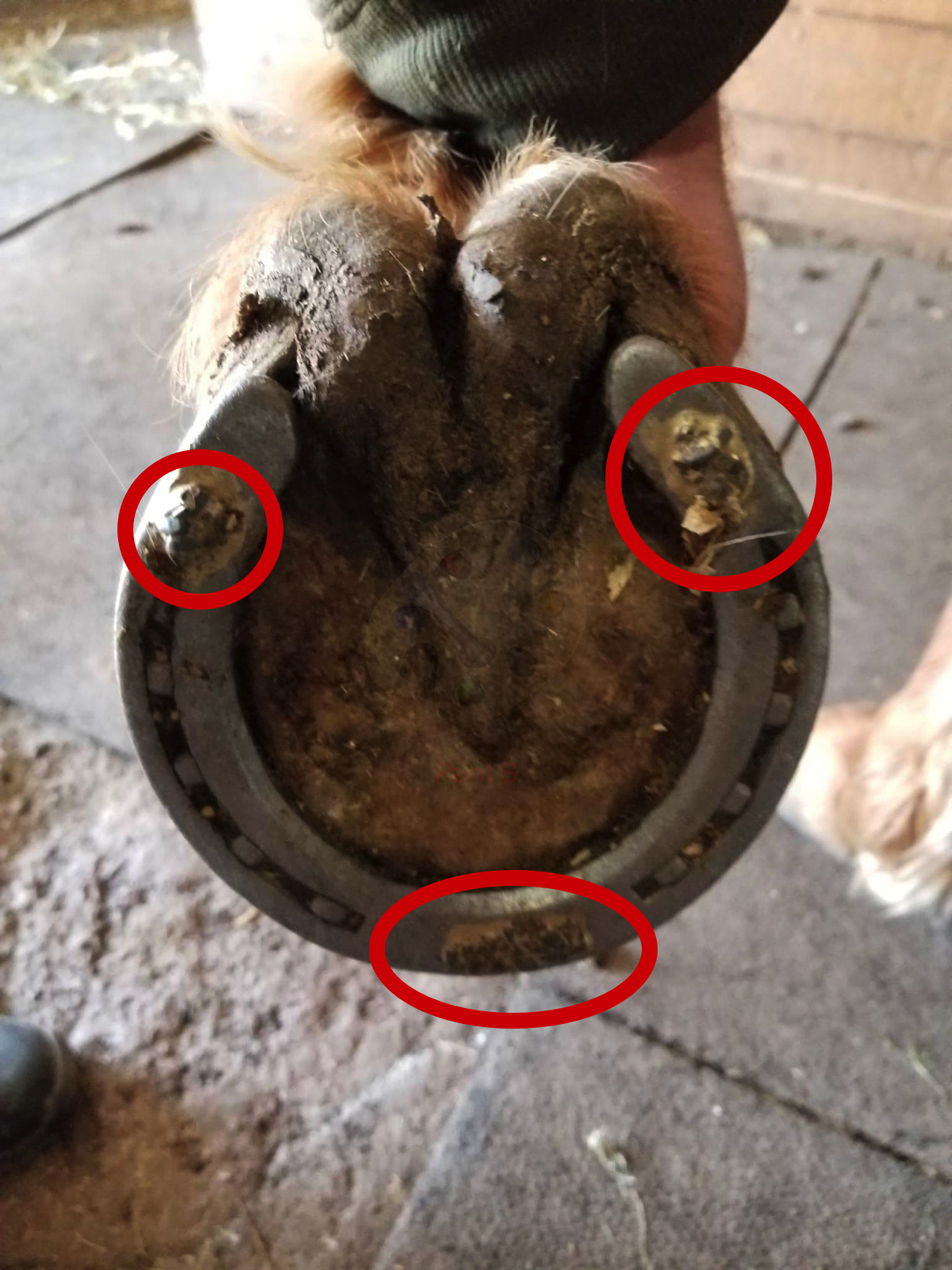
Tips for Choosing the Right Horseshoe
Consult a Professional Farrier
Always seek advice from a qualified farrier who understands your horse’s specific needs. They can assess hoof health, evaluate the horse’s workload, and recommend suitable shoes accordingly. This is particularly crucial for horses with previous hoof issues or those competing at high levels.
Consider the Environment
The environment in which your horse works greatly influences the type of shoe you should choose. For instance, if your horse rides predominantly on rocky terrain, a shoe with additional traction may be necessary. On the other hand, if the horse is primarily on softer ground, a lighter shoe might suffice.
Monitor Hoof Health
Regular hoof care is essential. Keep an eye on signs of wear, cracks, or any other issues that may arise. A farrier should be consulted at least every six to eight weeks for regular hoof trims and to check the condition of the shoes.
Pros and Cons of Horseshoeing
Pros
- Protection from abrasive surfaces
- Enhanced traction and performance
- Can accommodate specific hoof health needs
- Customizable solutions for individual horses
Cons
- Cost associated with shoes and farrier services
- Potential for hoof dependency on shoes
- Risk of improper shoeing leading to injury
- Requires ongoing maintenance and monitoring
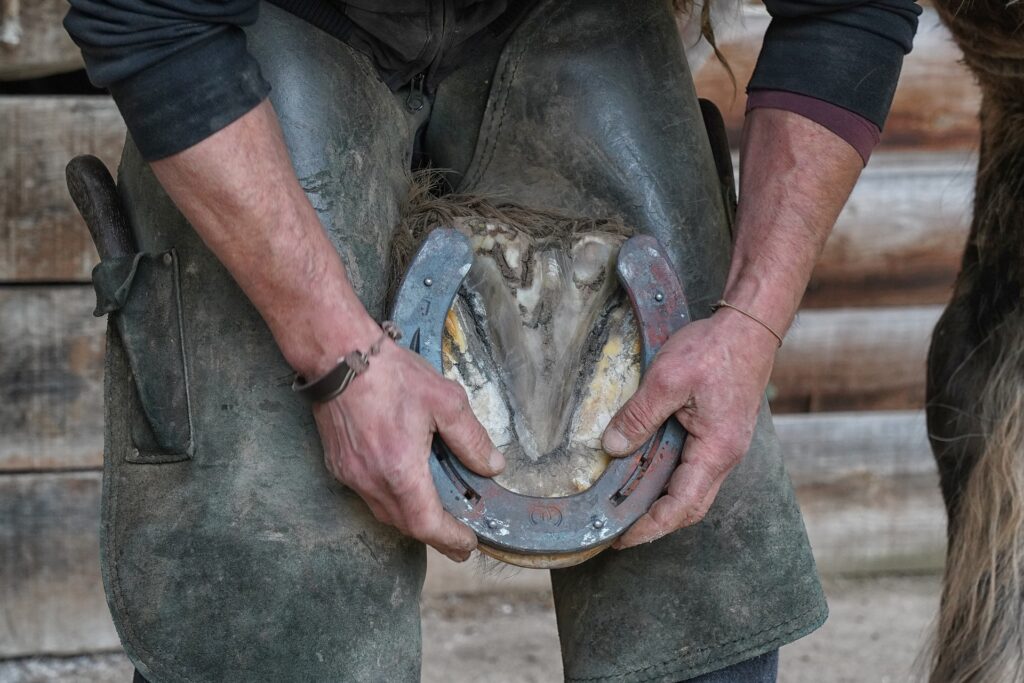
Frequently Asked Questions (FAQs)
1. Do all horses need shoes?
Not all horses require shoes. Horses kept in softer environments or those that are lightly worked may thrive without shoes. It’s important to assess each horse’s specific needs.

2. How often should horseshoes be replaced?
Typically, horseshoes should be replaced every six to eight weeks, depending on the horse’s activity level and hoof growth rate.
3. Can horseshoes cause hoof problems?
If not applied correctly, shoes can lead to hoof issues. It’s crucial to work with a skilled farrier to minimize the risk.
4. What materials are horseshoes made of?
Horseshoes can be made from various materials, including steel, aluminum, and composite materials, each designed for specific needs and benefits.
5. Are there alternatives to traditional horseshoes?
Yes, there are alternatives such as hoof boots, which provide protection without the need for permanent shoes. These can be especially useful for trail riding or horses with sensitive hooves.
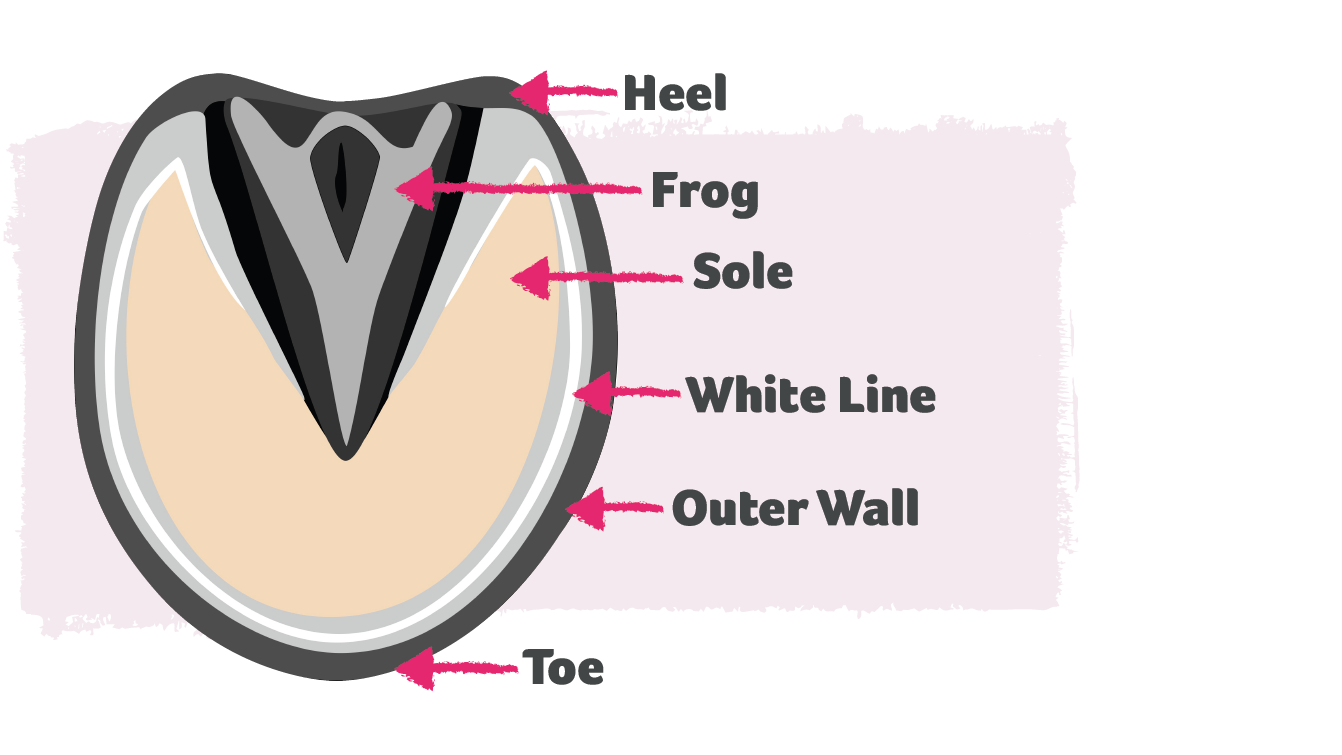
6. How can I tell if a horse needs shoes?
Signs that a horse may need shoes include excessive wear on the hooves, unusual gait, or difficulty on hard surfaces. Consulting with a farrier can provide the best guidance.
7. Can horses wear shoes year-round?
Yes, horses can wear shoes year-round, but it’s important to assess their specific needs and environmental conditions throughout the year.

8. What is the cost of shoeing a horse?
The cost of shoeing can vary significantly based on location, type of shoes, and farrier expertise, typically ranging from $100 to $300 for a full set.
9. How do I care for my horse’s shoes?
Regular checks should be made for wear and tear, and routine visits from a farrier should be scheduled for maintenance and adjustments.
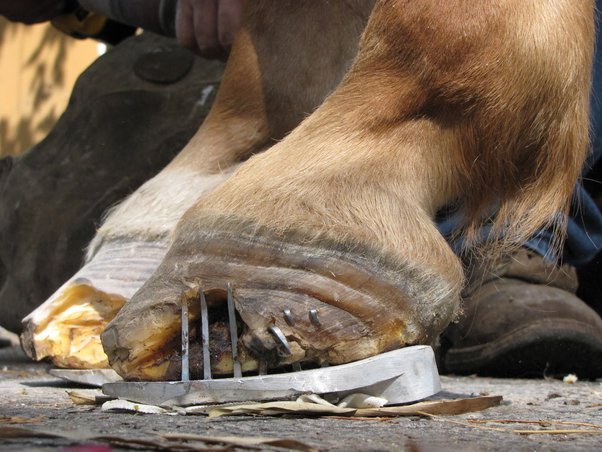
10. Are there shoeing options for senior horses?
Yes, senior horses may require specialized shoes that provide additional support and cushioning to accommodate their changing hoof structure and mobility.
11. How do shoes affect a horse’s natural movement?
While shoes can alter a horse’s natural movement, when properly fitted and maintained, they can enhance performance without compromising their natural gait.